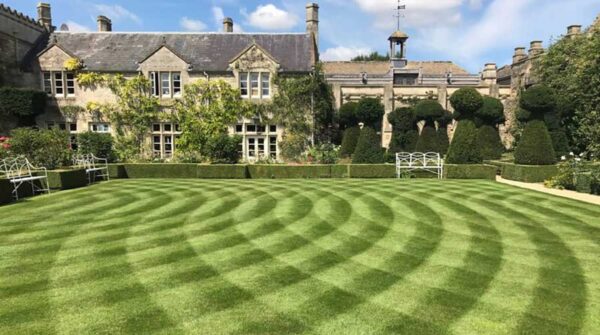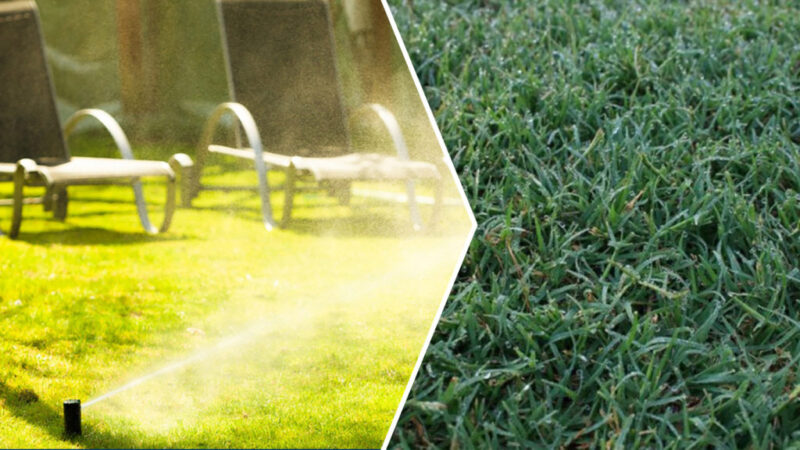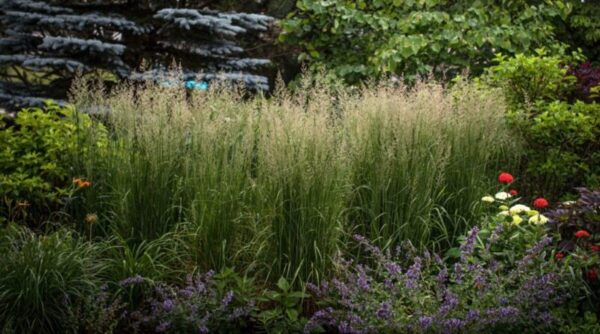Clover lawns, which involve planting clover species like white clover (Trifolium repens) or microclover (Trifolium repens var. Pirouette) instead of traditional grass, have gained popularity for their unique characteristics and potential benefits. However, they also come with some drawbacks. Here’s a breakdown of the benefits and drawbacks of a clover lawn:
Benefits of a Clover Lawn:
- Low Maintenance: Clover lawns require less maintenance compared to traditional grass lawns. They don’t need frequent mowing because they grow lower and more slowly. This can save you time and reduce the environmental impact of lawn care equipment.
- Drought Tolerant: Clovers are more drought-tolerant than many grass species. They have deep roots that can access water from deeper in the soil, making them suitable for regions with water restrictions.
- Nitrogen Fixation: Clover is a nitrogen-fixing plant. It forms a symbiotic relationship with nitrogen-fixing bacteria, which take atmospheric nitrogen and convert it into a form that plants can use. This natural fertilization can reduce or eliminate the need for synthetic fertilizers.
- Weed Suppression: A thick clover lawn can suppress weeds, reducing the need for herbicides. Clover can outcompete many common lawn weeds, like dandelions.
- Attracts Beneficial Insects: Clover flowers attract pollinators like bees and butterflies. This can support local ecosystems and help with pollination in your garden.
- Soil Improvement: Clover’s deep roots can improve soil structure and aeration, making it more conducive to plant growth. It also helps to prevent soil erosion.
Drawbacks of a Clover Lawn:
- Appearance: Some people may not find the appearance of a clover lawn as aesthetically pleasing as a traditional grass lawn. Clovers have small leaves and may not create a uniformly green carpet.
- Tolerance for Heavy Foot Traffic: While clover is reasonably resilient, it may not tolerate heavy foot traffic as well as traditional grasses. In areas with a lot of activity, the clover may become worn down or develop bare patches.
- Bee Stings: The presence of clover flowers can attract bees. If you or your family members are allergic to bee stings, this could be a drawback.
- Invasive Potential: Some clover varieties, such as white clover, can become invasive in certain conditions, spreading beyond the intended lawn area. This may require management to prevent it from taking over other parts of your yard.
- Maintenance: While clover lawns generally require less maintenance than traditional grass lawns, they are not maintenance-free. Occasional mowing, weeding, and possibly fertilizing may still be necessary.
In summary, a clover lawn can be a sustainable and low-maintenance alternative to traditional grass lawns, offering benefits like reduced water usage, nitrogen fixation, and pollinator support. However, its appearance may not be to everyone’s liking, and it may not withstand heavy traffic as well. Before deciding on a clover lawn, consider your aesthetic preferences, local climate, and intended use of the lawn to determine if it’s the right choice for your property.





